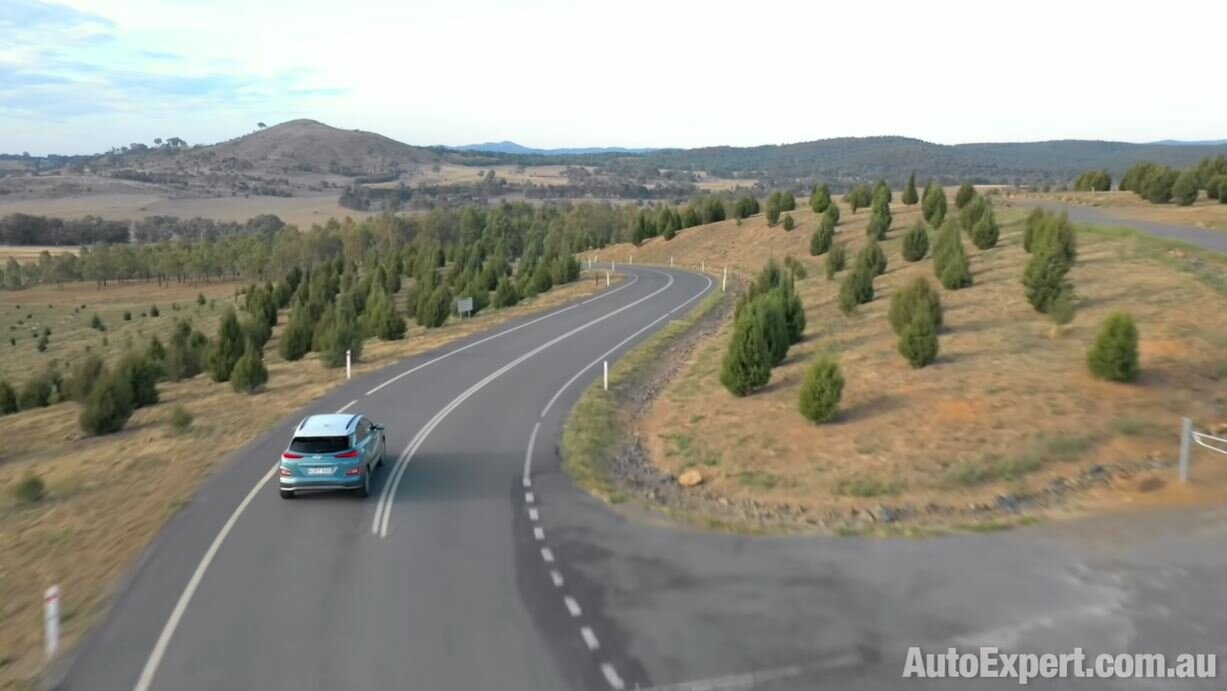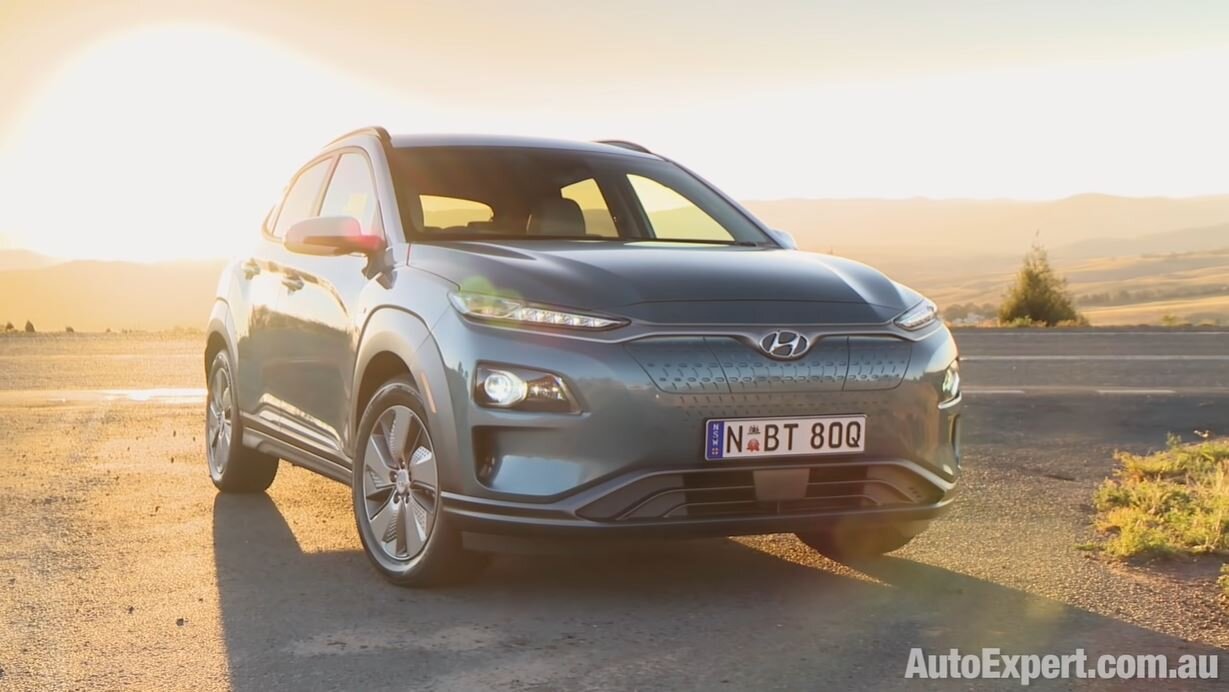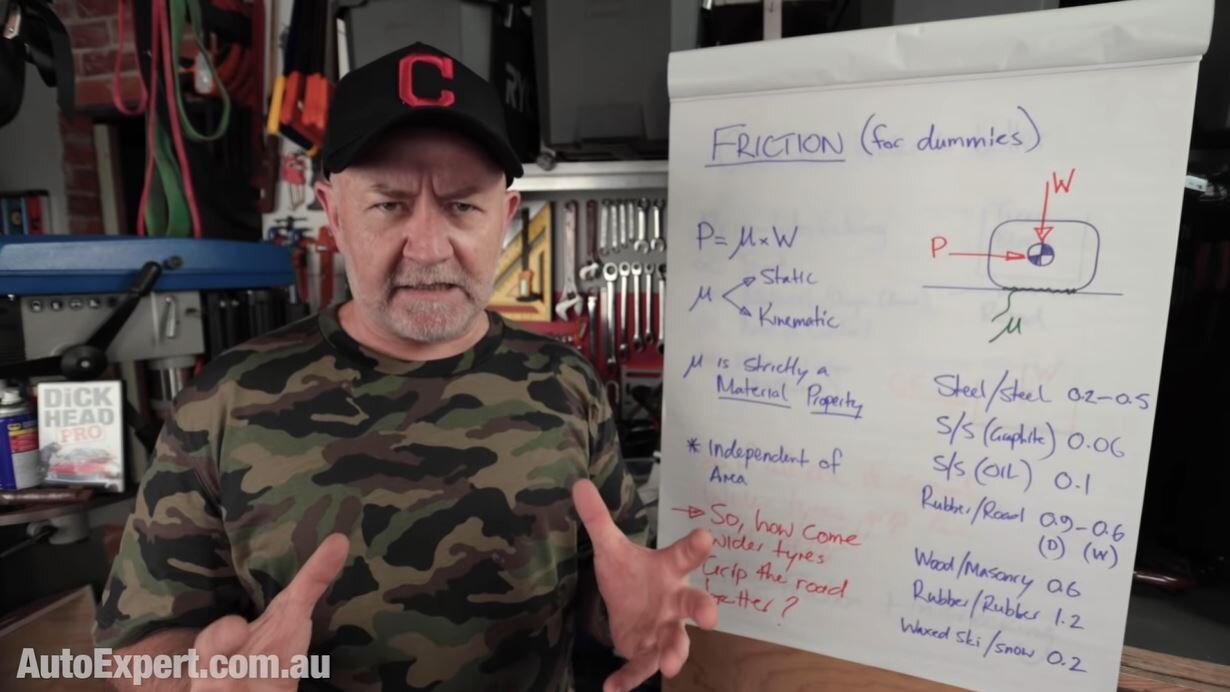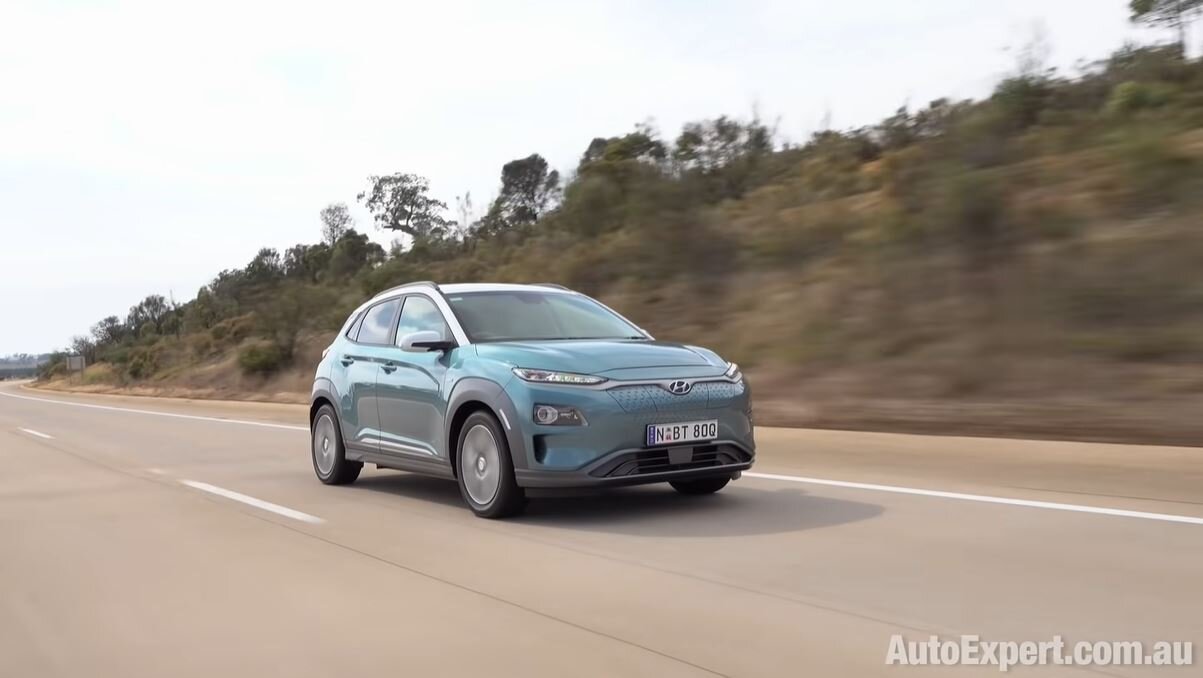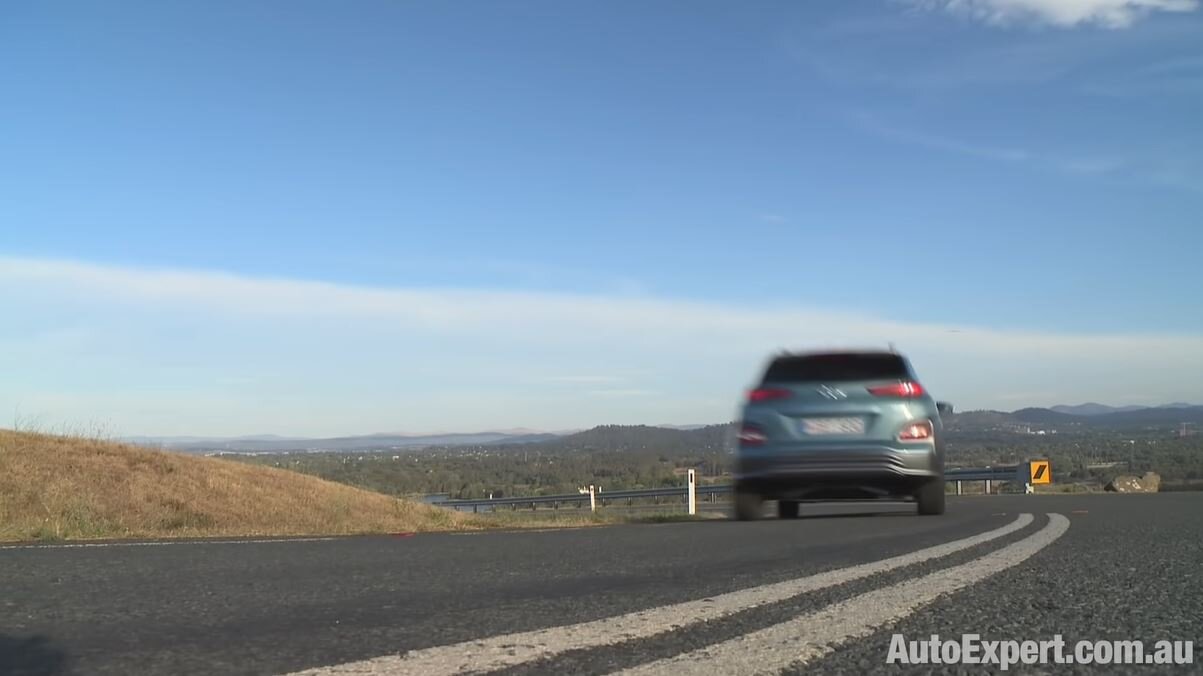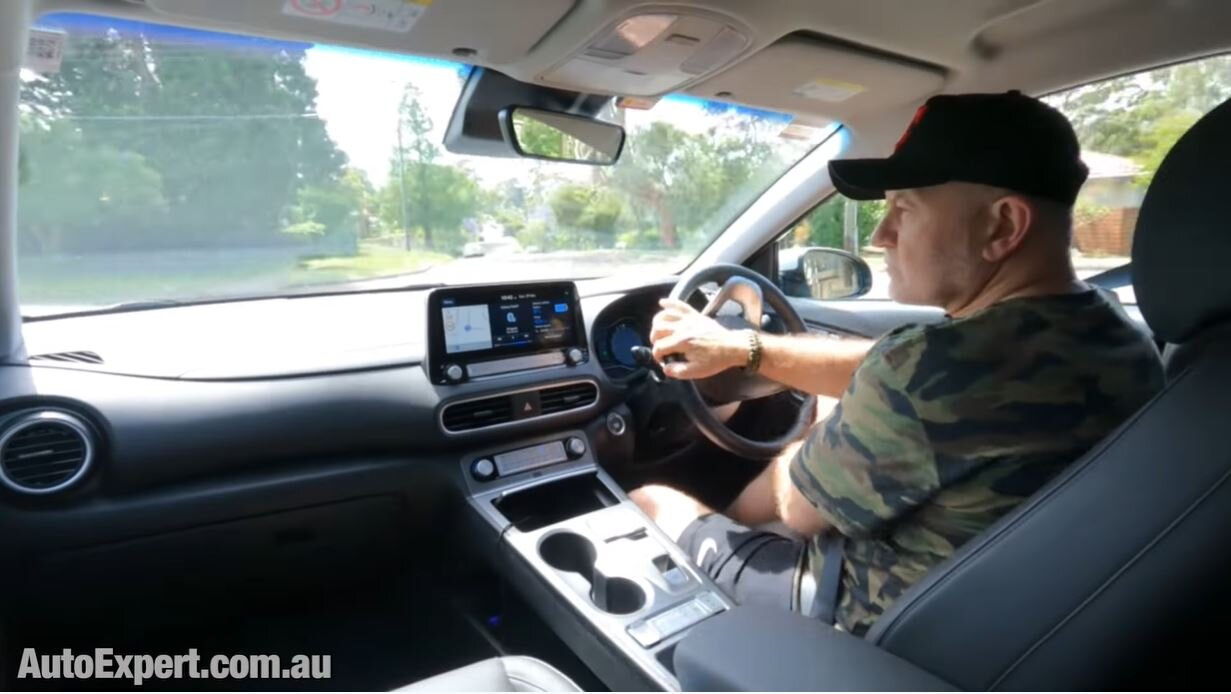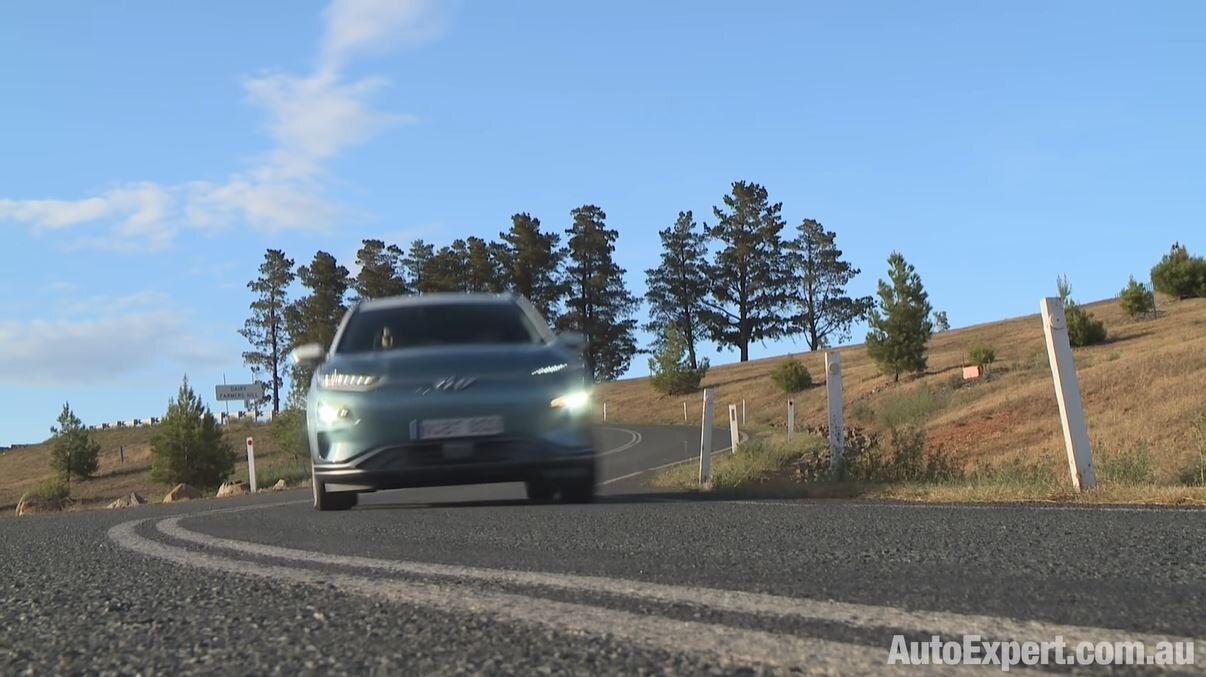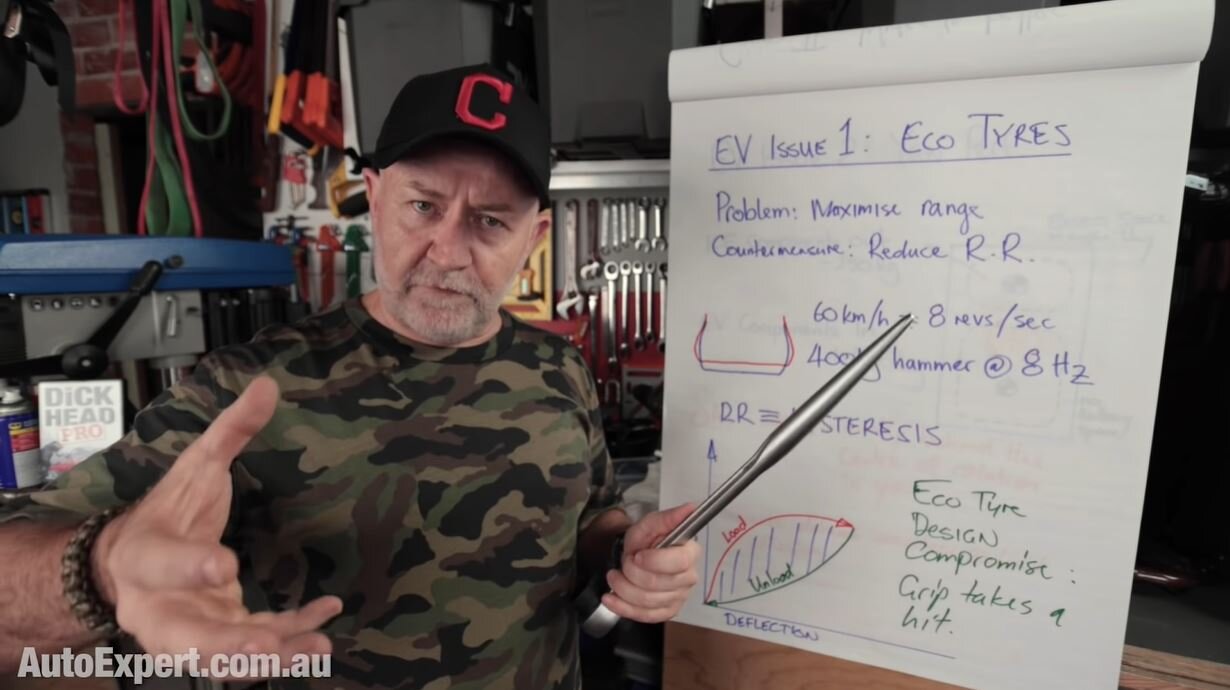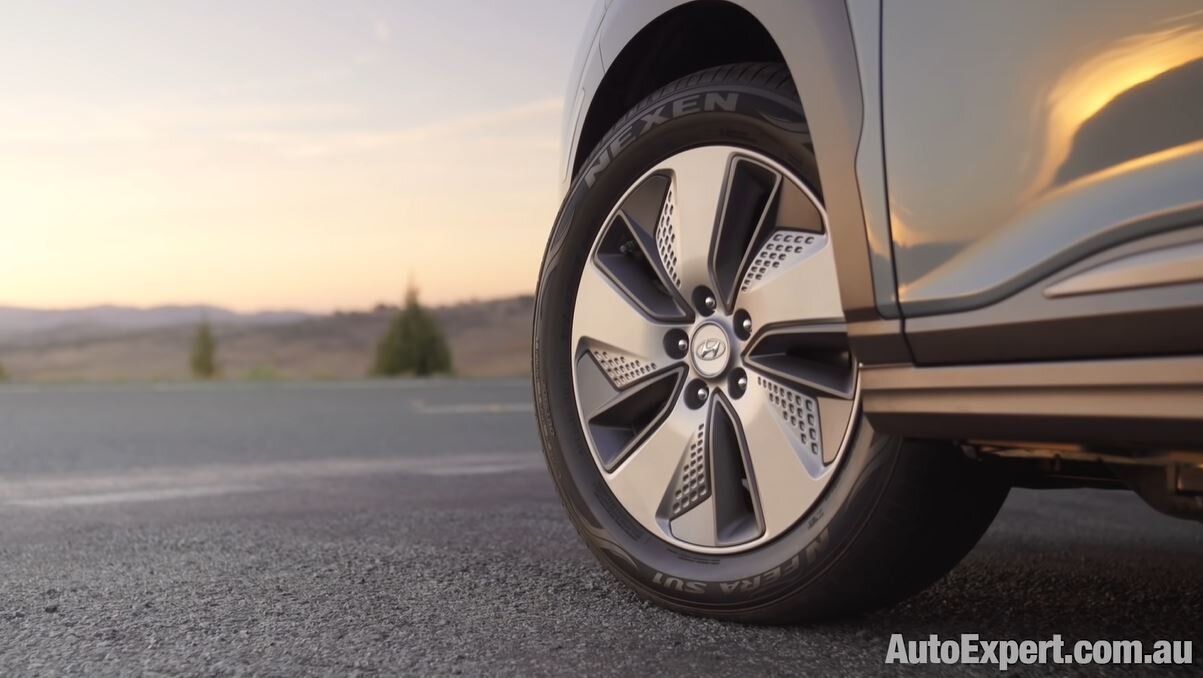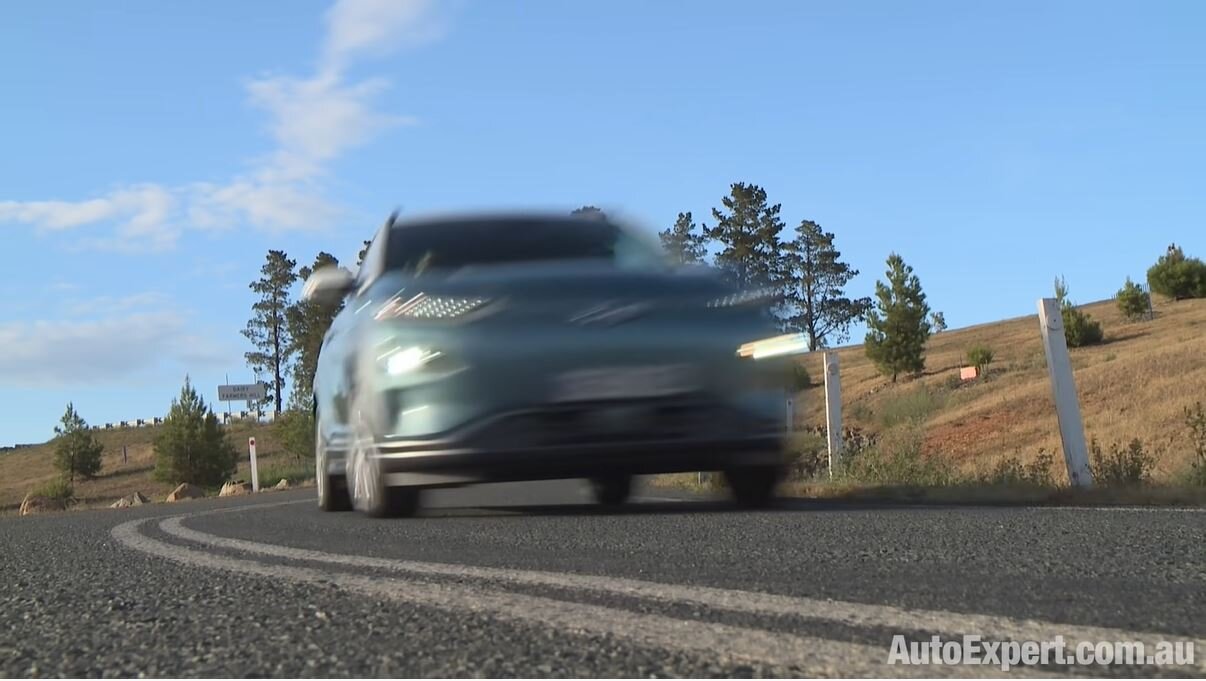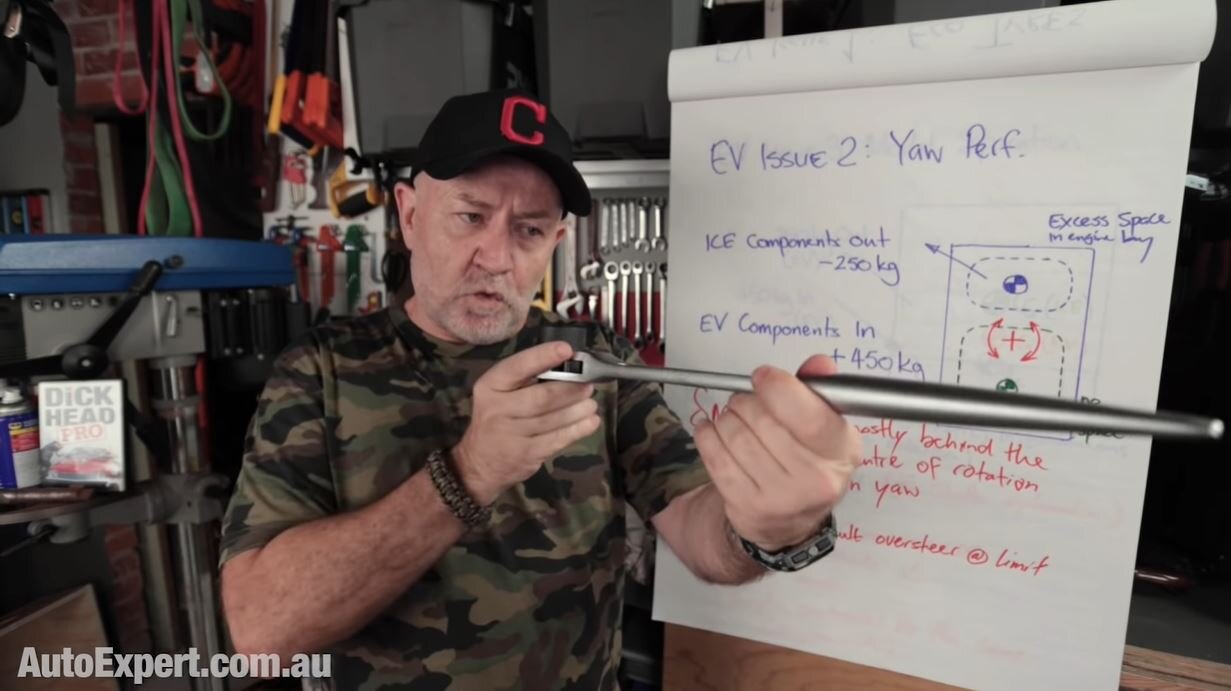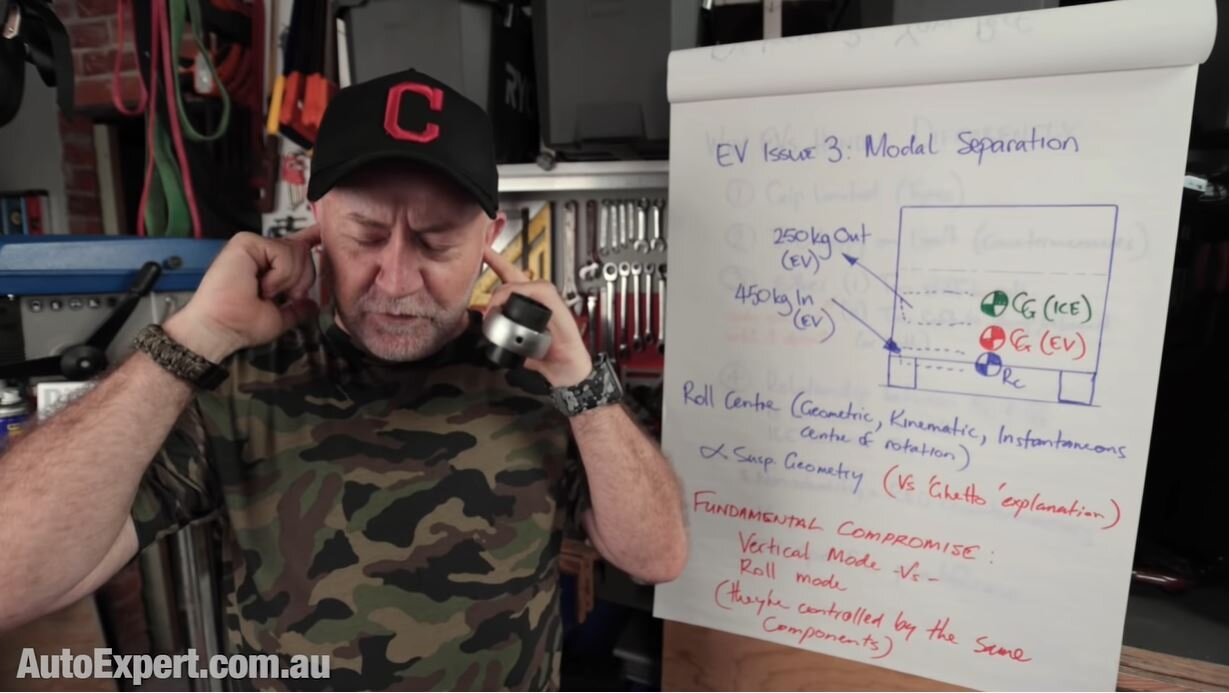EV -Vs- ICE: What really handles better?
That EV you just bought? Perhaps that EV you test-drove? It handled awesome, right? Chances are it actually didn't. It’s not 'awesome', but relax, it’s not all bad…
The way that EV of yours (or soon to be yours) feels to drive, isn’t as great as you think.
It’s just different, profoundly different, sure - but it’s not really the on-rails experience you’re led to believe. Here’s why…
We’re going to talk about handling, kinematics and do some proper ghetto physics, so strap in because you’re probably going to get an intra-cranial brain bleed.
I apologise in advance for this. But you have been warned.
HANDLING
Handling is such a broad topic.
You could A) be talking about mundane real-world driving (like in a big fat Kia Sorento 7-seat SUV), or B) you could be talking about on-the-limit handling on, say, a racetrack with a really fast car (like the Hyundai i30 Fastback N).
In normal driving, you’re talking about how it feels around corners at normal speeds.
But in performance driving, you’re talking about how the vehicle behaves at- or close-to the limits of handling - and then how it handles when you go beyond the limit. In this report, we’re (generally) talking about the latter.
FRICTION
Pushing an object across the floor requires a certain amount of energy: It’s hard because of friction. Once it’s moving, it requires slightly less energy, because the coefficient of friction is less.
This level of friction can also vary depending on the materials themselves.
So, how come wider tyres grip the road better?
My AutoExpert AFFORDABLE ROADSIDE ASSISTANCE PACKAGE
If you’re sick of paying through the neck for roadside assistance I’ve teamed up with 24/7 to offer AutoExpert readers nationwide roadside assistance from just $69 annually, plus there’s NO JOINING FEE
Full details here >>
GRIP
Wider tyres are definitely better, which is why performance cars get them, because clearly area matters.
Grip is not just about friction. Tyres function because of an interlocking of the rubber tread blocks with the surface of the road. The weight of the vehicle pushes down on the tyre and makes it conform to the bitumen. That’s grip.
If you have enough mass of vehicle and the tyre width is sufficiently soft, then you’ll make more rubber interlock with the road - therefore you have more grip.
The softer the tyre, the more grip you have because you have a greater area of rubber interlocking with the road and therefore more friction. However, it will mean those tyre wear quicker - nothing is free.
ECO TYRES
Eco tyres are one of the limiting factors to the way electric vehicles grip the road. They’re viewed by the carmaker as an easy variable to improve range (because range is what sells).
They do this by reducing rolling resistance, by limiting the softness of the rubber compound and offering a more narrow contact patch, thereby offering less rubber interlocking; less friction; less grip.
Tyres are designed to suffer absolute hell. They contain large amounts of silica to reduce rolling resistance and then reduce the amount of energy in the battery needed to drive the vehicle forward. Unfortunately, grip takes a hit by doing this, meaning in an emergency driving situation like swerving, for example, you get to the grip limit sooner than a regular tyre with greater rolling resistance.
This isn’t the only engineering compromise on EVs, of course.
YAW
So, how do you make an EV if you’re a vehicle manufacturer?
The easiest, cheapest option is to start with a platform you already have. But to do that, in the case of the internal combustion Kona versus the electric version, you’re taking out about 250kg of engine at the front, and adding about 400kg behind the mass centroid.
Therefore, you’re more likely to oversteer and go rear-first off the road in the Kona EV versus understeering and going off the road front-first in the event of a crash. This is because the additional rear-mounted mass of the battery increases the vehicle’s yaw response - it naturally wants to rotate rear-first because the dynamic stability has been dramatically altered.
This is generally the case for EVs derived from internal combustion platforms. So, as a carmaker, you would try to deploy countermeasures like changing the electronic stability control, but that’s more of a band-aid solution.
So, in the wrong bend, with negative camber, with too much lock, dramatic lift-off regenerative braking, with the rear wheels unloaded, it’s going to be tail-happy and could mean disaster if you’re not ready for it.
MODAL SEPARATION
Here’s where the beer garden physics get properly gruesome. Better get the gauze.
Let’s introduce another factor here called roll-centre. Essentially, roll-centre is the point in the vehicle where it rotates vertically side-to-side, like when you turn a right-hand corner the vehicle rolls to the left - and vice versa.
So by removing the 250kg petrol engine and adding the 400kg battery on the floor, essentially the vehicle’s roll centre has been lowered - and that’s what you’re feeling when you drive your EV and think, ‘Oh, that feels different’.
ICE Kona is going to roll more than electric Kona (which is why electric Kona feels nice at normal speeds), but at the limit, ICE Kona is going to handle much better.
Now, modal separation is where it gets truly brain-bending.
We’ve got roll mode, where the vehicle rotates through the roll-centre.
Then you’ve got bouncy mode. Both modes are controlled through the suspension: springs, dampers, bushes. When designing the EV, you have to figure out how to design the suspension to account for both roll mode and bouncy mode.
This is harder to do with a platform already designed for an internal combustion engine, based on its mass and where that weight is built into the design.
WHY EVs HANDLE DIFFERENTLY
Electric vehicles handle differently because they’re grip limited because of tyres, they’re tail happy and have more exaggerated countermeasures to offset that behaviour.
They also have a compromised relationship between centre of mass and roll-centre.
So, the next generation of purpose-built EV platforms, which will better mitigate these design deficiencies, should be very exciting to drive at the limit.


